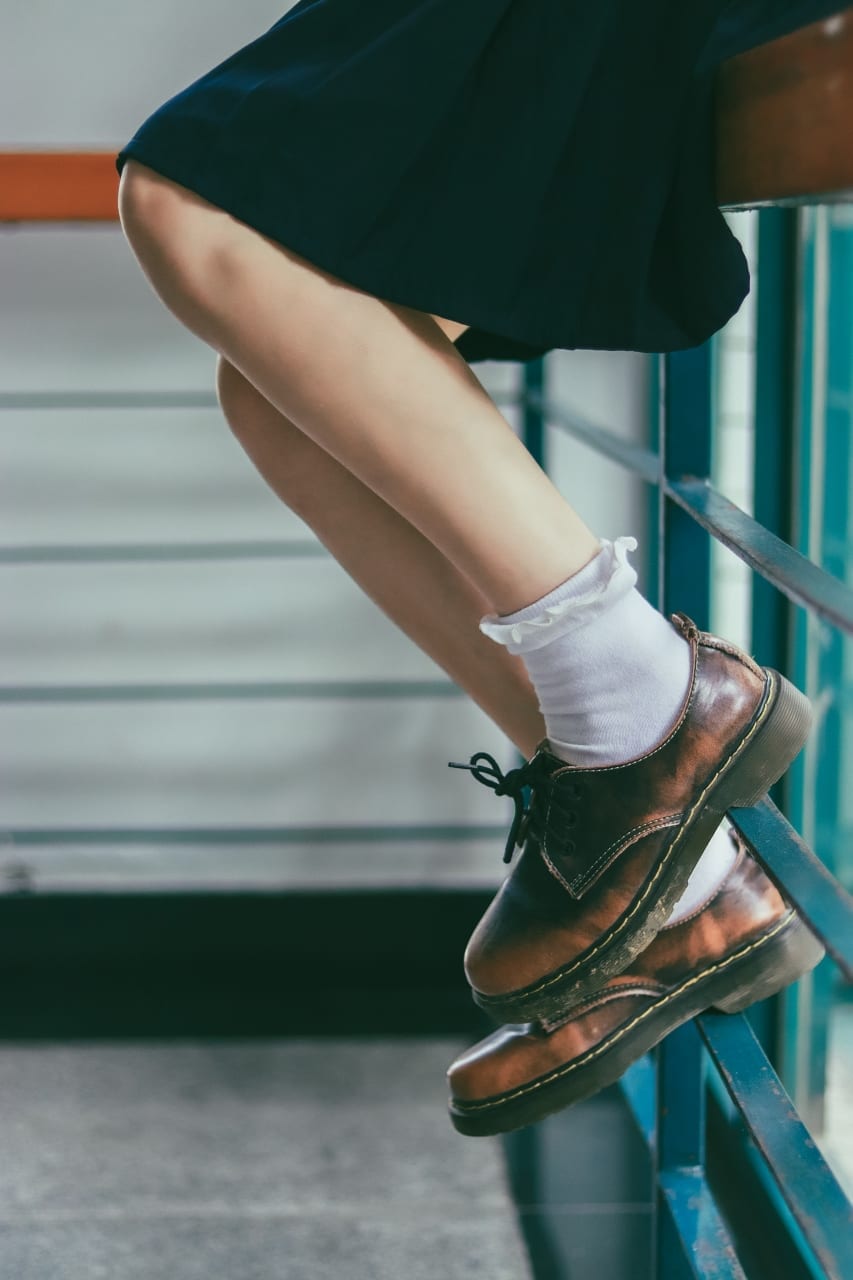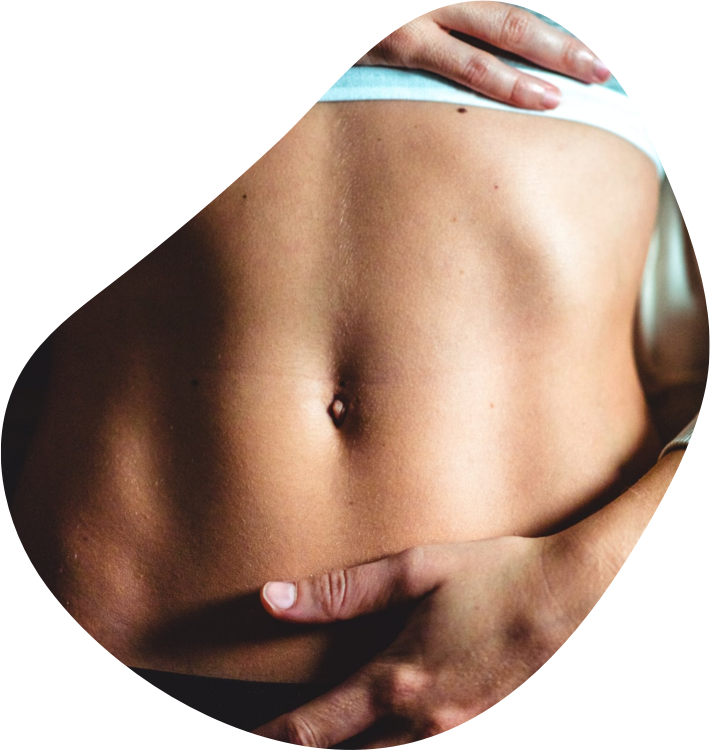Shin splints or Tibial Syndrome is one of the most common running injuries that I see at Shift. It can affect both professional and recreational athletes equally and it’s not only runners that get affected. Tennis players, basketballers, indoor soccer players, netballers, all those high impact knee jarring sports. A simple change to your training routine can be the change that brings on the symptoms.
What causes Shin splints?
The most common cause of Shin splints that I often see, stems from an increase in the intensity of training programs, a change to harder running surfaces or running hills regularly. All of these can increase your risk of shin splints. The following conditions can also put you at a higher risk of getting shin splints:
• Flat feet (overpronation)
• Shoes that lack support or don’t fit correctly
• Weak core muscles, hips or ankles
• Not stretching before and after exercise
Types of Shin splints
There are two types of shin splints:
1. Medial shin splints – common among people who have a collapsed medial arch or flat feet. This is the most common type of shin splints and often effects the lower 1/3 of the inside of the shin.
2. Anterior shin splints – this type is more common with runners who over-train on hills, as it requires repetitive use of the tibialis anterior muscle. Ironically, pain is typically worse when running downhill.
How are Shin splints most commonly treated?
The keyword here is “treated” and should be replaced with “resolved”. Unfortunately, conventional Western medicine techniques don’t do much for treating shin splints. While the following methods are routine, they don’t actually get to the root of the cause and once most athletes return to exercise the original injury will resurface, sometimes leading to more extensive damage.
The most common approach to treatment is icing and resting the injured leg, and also using painkillers or anti-inflammatories. Herein lies the most obvious challenge. Telling a runner to stop running and expecting that they will adhere to the advice. Well, I have met a few runners and athletes in my time and this is near impossible for most.
In a desperate attempt to rid themselves of the pain, some people are forced into making questionable choices along the way. Usually, the first step is to invest in a different and usually more expensive pair of running shoes. Next people try different stretches or go and spend a small fortune on orthotic interventions. The most concerning approach from my point of view, however, is the reliance on the use of non-steroidal anti-inflammatory drugs (NSAIDs). These days we just want to get on with things and don’t realise that we are just masking the pain and indirectly causing more damage in the long run. Often people will continue running and masking symptoms with NSAIDs. This, however, can lead to more severe micro-fractures or compartment syndrome.
Will taking a rest from running solve the problem?
Even with complete rest, the pain can take 6-8 weeks to resolve but the problem usually manifests itself again very quickly after resuming running.
Acupuncture for Shin splints
There are a variety of techniques that different acupuncturists employ for treating shin splints. Regardless of the system used, the goal of acupuncture is to promote circulation, loosen the muscles around the tibia and prevent recurrences of the problem.
How to know when your Shin splints have healed?
I often get this question and it is mostly due to prior failed attempts in their return to training. The best indicators that you can confidently return to your exercise routine is:
• The affected leg is as flexible as your non-affected leg and feels just as strong.
• You can now put excessive weight on the leg that had the shin splint without pain.
• You can exercise without pain.
Want proof?
A random controlled trial from 2002 found acupuncture to be more effective than any other combined therapy.
Acupuncture & Tibial Stress Syndrome [Shin Splints]. Journal of Chinese Medicine 2002 vol 70.




